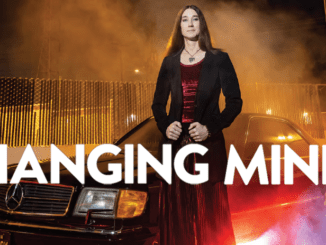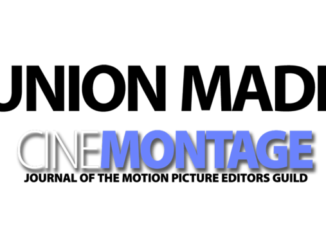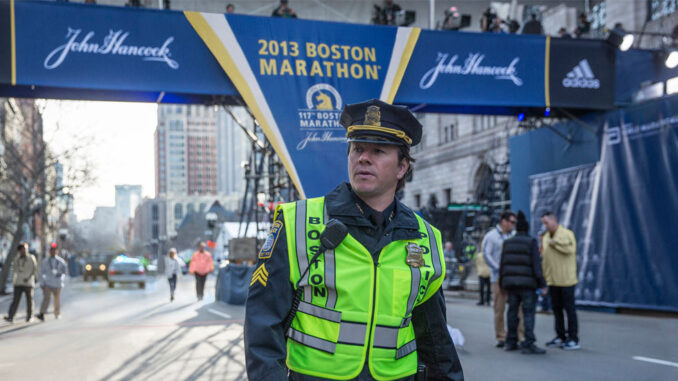
by Edward Landler • stills courtesy of CBS Films
On Patriots’ Day Monday, April 15, 2013, brothers Tamerlan and Dzhokar Tsarnaev set off two homemade pressure-bombs close to the finish line of the 117th Annual Boston Marathon on Boylston Street, killing three and injuring 264. An MIT police officer was later shot and killed by Tamerlan.
On December 21, the movie Patriots Day — depicting the events leading to the April 19 capture of the bombers — opened in limited release for Oscar consideration through CBS Films. Directed by Peter Berg, who also wrote the screenplay with Matt Cook and Joshua Zetumer, and starring Boston-native Mark Wahlberg, who shared producer credit with six others, the film interweaves the stories of survivors, responders, and investigators to focus on the strength and resolution of the city’s people to overcome the crisis. The National Board of Review has named Patriots Day among the Top Ten Pictures of the Year.
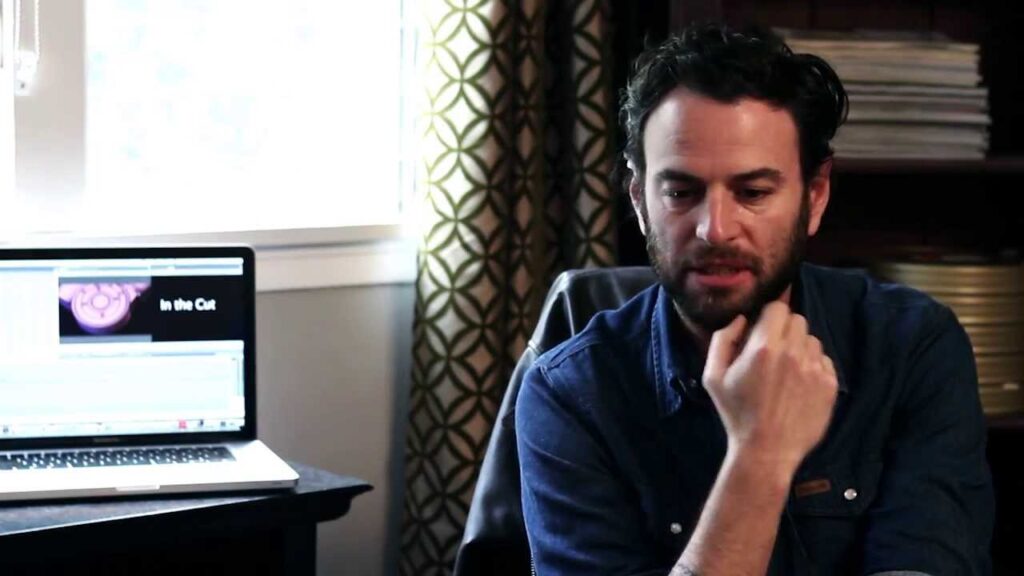
CineMontage recently attended a screening of the film followed by a panel of five of the major below-the-line craftspeople contributing to its taut dramatic intensity. The panel included picture editor Colby Parker, Jr, ACE; re-recording mixer, sound designer and supervising sound editor Dror Mohar; sound designer and supervising sound editor Piero Mura; director of photography Tobias A. Schliessler, ASC; and production designer Tom Duffield. Parker’s co-editor on the movie, Gabriel Fleming was not present for the Q&A session, which was moderated by Hollywood Reporter awards columnist Scott Feinberg.
Most of the panelists, Feinberg noted, had collaborated several times with Berg and Wahlberg, which helped develop working relationships on the new film. Production designer Duffield had worked with the director eight times, including Lone Survivor (2013) and The Kingdom (2007), and cinematographer Schliessler collaboated with him six times, including Lone Survivor and Battleship (2012). Patriots Day was Mohar’s third film with Berg and Wahlberg, after Deepwater Horizon (2012) and Survivor, but was the first for Mura. Editor Parker had worked with both the director and the star four times each, the credits overlapping on Survivor, Horizon and now the new film. His first film with Berg, Friday Night Lights (2004), helped popularize a raw, documentary-style of editing in dramatic features. Picture editor Fleming also worked on four projects with Berg, sharing editing credit with Parker on both Patriots Day and Horizon.

A winner of two MPSE Golden Reel Awards shared with sound teams for Sound Effects and Foley Editing on Skyfall (2012) and War of the Worlds (2005), Mura described the nature of the relationship between director Berg and Wahlberg as producer: “They are two very intense guys, and they work well together.”
Moderator Feinberg asked if the director wanted the film to have a documentary feel from early on. Schliessler replied, “Pete wanted to use three handheld cameras all the time, in a style that would blend with stock footage. On every scene, with three cameras, we shot coverage, close ups, inserts, all at the same time.”
The movie was shot over 45 days from late March to early June of this year with over 4,500 extras on location in 14 communities in the Greater Boston Area. A third of them had law enforcement backgrounds, 250 had real medical experience, and almost 150 of the extras wound up having speaking parts. About 70 percent of the locations used in the film were where the events of 2013 actually happened.
“I went to all the locations and saw what we could use,” said production designer Duffield. “We knew we couldn’t do the bombings on the real Boylston Street so we built an 850-foot set with digital extensions; we used a lot of green screen. For the lead-up to the Watertown street shootout, we first recreated the street in nearby Malden and then built the set for the full shoot out at the Boston Naval Base.”

As much as possible, the director shot chronologically to contribute to the visual continuity of the film. On April 18, the filmmakers were also allowed to shoot some scenes during the 120th Annual Boston Marathon with about 30,000 runners and a half million spectators. These scenes included footage of Wahlberg as police officer Tom Saunders patrolling the race’s finish line. Director Berg, however, had planned from the beginning to intercut the production photography with archival footage.
Editor Parker said, “It was shot so kinetically that I tried to cut it down to steady it, to make the story work.” Asked how much footage he had to work with, Parker said, “It just kept on coming and coming. I can’t really say.”
Sound designer/supervising sound editor Mohar later shared with CineMontage that, between picture and sound, post-production used over four terabytes of archival footage collected from the event itself and the investigation that followed. This included footage captured on people’s personal smart phones and video cameras, local security and surveillance cameras, television news crews on the ground, other audio and visual broadcast media, and law enforcement radio communications. Much of this material was used during the hunt to identify the bombers.
In Patriots Day, this wealth of material has been steadied down into a relentlessly paced police procedural to show clearly how a real event touched real people’s lives. It’s a riveting experience tied together by the helicopter shots that help intertwine their stories and the city of Boston.

“These were our starting point when designing the sounds of the film, too,” said Mohar. “We also used this material to create a layer of audio that weaves in and out of the film comprised solely of unprocessed captured archival audio to contribute to the identity of the sound in the film — like tapes of the communications between government officials and the police. Sixty percent of the movie has at least one layer of sound from the real, original occurrences.”
To bring the sound effects to life, sound designer/supervising sound editor Mura said, “We had no time to prep. We just jumped in and worked hard. We understood we had to go very realistic and very visceral, using sound to explore and convey the psychological state of each character.”
Mura described using an actual bystander’s recording of the Watertown gun battle: “This furious, poorly recorded pop-pop-pop of the real battle was our guide in creating the aural architecture of the confrontation between the cops and the terrorists. We built around it and filled it in.”
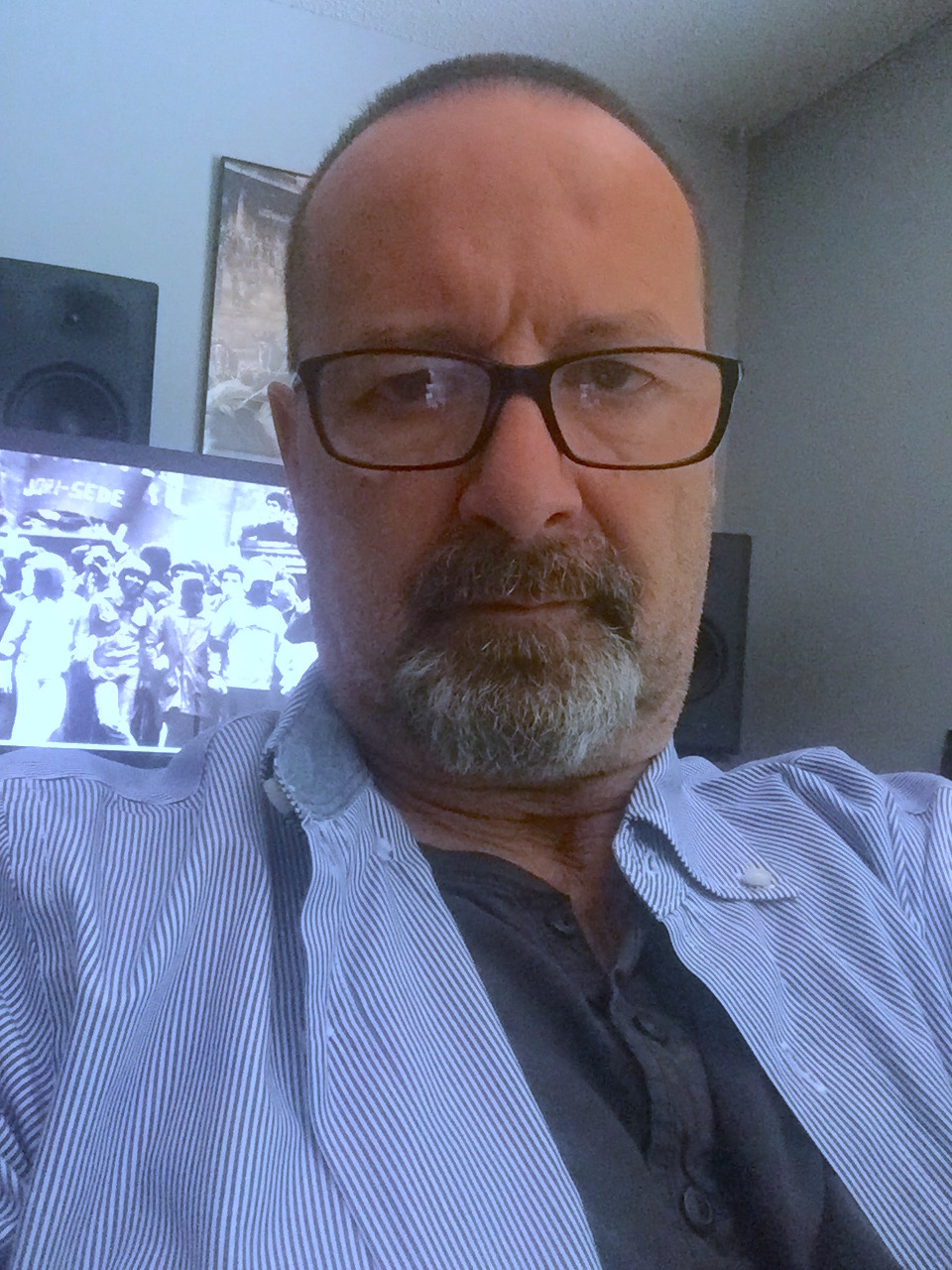
During the first temp, Mura continued, the director “explained that the sound needed to go to the guts. Pete pushes, pushes… He wanted to post the word ‘anxiety’ in Italian for me — ‘ansietá’ — that is the basic tone of the film, an anxiety about these events that transcends this movie and permeates our lives.”
At one point during post, the workload of the sound editing team was so massive that the crew was spread out in three different places — Technicolor at Paramount, the 424 Post re-recording stage, and Stage A at the Formosa Group. The supervising sound editors praised the support and contributions of the entire sound editing team including re-recording mixers John Ross and Michael Keller, and Gary Hecker’s Foley crew.
Moderator Feinberg went on to ask about a quiet yet critical moment in the movie: the interrogation of Tamerlan Tsarnaev’s American-born wife at the command center of the investigation. Schliessler confirmed that it was shot, like the rest of the film, with three handheld cameras — “two cameras inside the room, one camera outside.” He added, “Two and a half hours from three cameras; that’s a lot of footage.”
The quiet tone of this sequence presented the editors with the problem of how to introduce sound other than dialogue into the scene. Parker said, “We had it with music, then without; then we added it in later in the scene.” As it does throughout the film, the music of composers Trent Reznor and Atticus Ross maintains the consistent underlying tones of concern and anxiety.
A question came from the audience: “How long did it take to cut the film?”
Parker replied, “I was cutting Deep Horizon while they were shooting. It was Adam Robinson who did the first organizing and assembly. Then Gabe [Fleming] and I came in. I’m not sure how long it took.” Mohar interjected, “Ten and a half weeks. Editing started August 15 and finished November 11.”
Someone else wondered how accurate the actors were in their portrayals of the real people depicted. Cinematographer Schliesser, who filmed both the actors and the real people in the course of production, immediately stated, “It was close.”
Giving insight into director Berg’s creative process, Parker said, “Pete spent a lot of time with the real people during development and production, and was very intimate with them. He got all their anecdotes and was able to incorporate so much of it into the movie.”
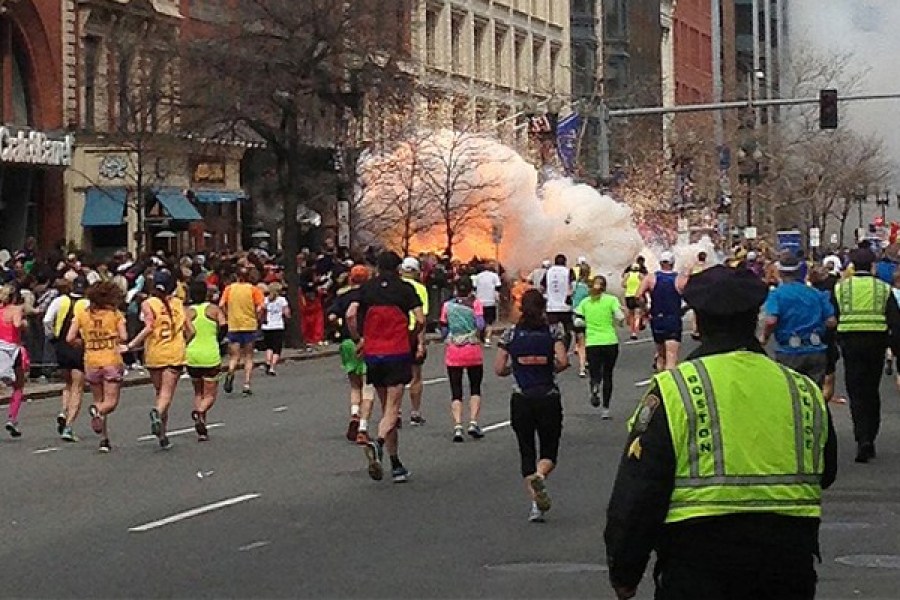
Another voice asked, “Was anything fictionalized?”
The most prominent change from reality portrayed in the film was the police officer played by Wahlberg. Production designer Duffield said, “Tommy Saunders was a combination of three different real police officers. A few things were fictionalized in the action scenes, a few more bullet shots. But [MIT policeman] Sean Collier’s shooting was exactly the way it happened. And Dzhokar Tsarnaev really did run over his own brother in the Watertown shoot out.”
To round out the discussion, Feinberg asked the panelists what they were proud of in the film and what they hope people would take from it. Schliesser said, “It makes me proud that it’s very fulfilling.” Duffield noted, “In crowded Boston traffic, for us to be able to pull it off…and how well the stock footage cuts with the recreated action. I’m proud that we were able to be so accurate — down to the blemish marks in the boat.”
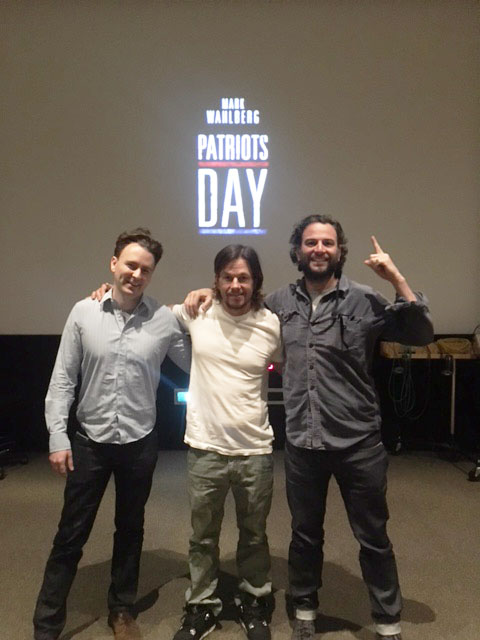
Mura said, “These people are real. We tried to be respectful of them and their story. Real people went through these events and I am proud that we kept this in mind all the time.”
“There’s always the hope that what comes out of it will change things,” said Mohar. “Boston is important; it’s current to us. To have happened just three years ago… Wwe looked at the movie and said, ‘Yes.’”



